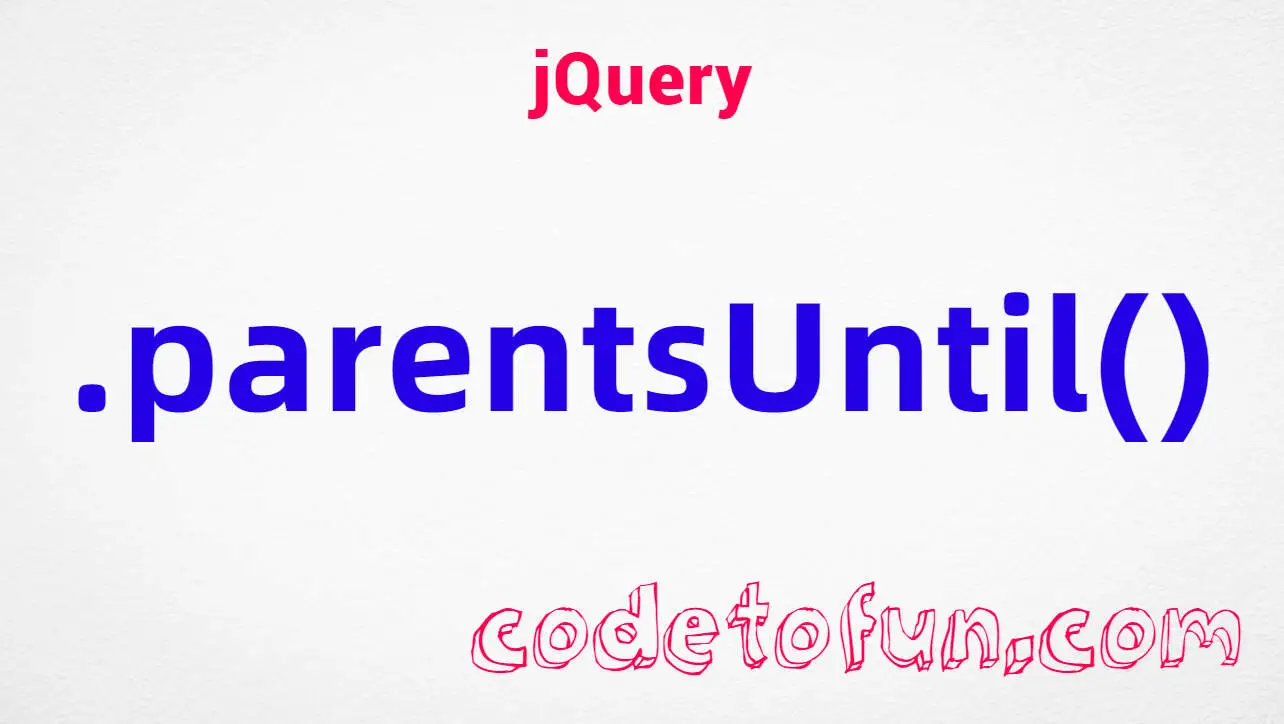
HTML Basic
HTML Reference
- HTML Tags
- <!--...-->
- <!DOCTYPE>
- <a>
- <abbr>
- <address>
- <area>
- <article>
- <aside>
- <audio>
- <b>
- <base>
- <bdi>
- <bdo>
- <blockquote>
- <body>
- <br>
- <button>
- <canvas>
- <caption>
- <cite>
- <code>
- <col>
- <colgroup>
- <data>
- <datalist>
- <dd>
- <del>
- <details>
- <dfn>
- <dialog>
- <div>
- <dl>
- <dt>
- <em>
- <embed>
- <fieldset>
- <figcaption>
- <figure>
- <footer>
- <form>
- <h1> to <h6>
- <head>
- <header>
- <hgroup>
- <hr>
- <html>
- <i>
- <iframe>
- <img>
- <input>
- <ins>
- <kbd>
- <label>
- <legend>
- <li>
- <link>
- <main>
- <map>
- <mark>
- <menu>
- <meta>
- <meter>
- <nav>
- <noscript>
- <object>
- <ol>
- <optgroup>
- <option>
- <output>
- <p>
- <param>
- <picture>
- <pre>
- <progress>
- <q>
- <rp>
- <rt>
- <ruby>
- <s>
- <samp>
- <script>
- <search>
- <section>
- <select>
- <small>
- <source>
- <span>
- <strong>
- <style>
- <sub>
- <summary>
- <sup>
- <svg>
- <table>
- <tbody>
- <td>
- <template>
- <textarea>
- <tfoot>
- <th>
- <thead>
- <time>
- <title>
- <tr>
- <track>
- <u>
- <ul>
- <var>
- <video>
- <wbr>
- HTML Deprecated Tags
- HTML Events
- HTML Global Attributes
- HTML Status Code
- HTML Language Code
- HTML Country Code
- HTML Charset
- MIME Types
HTML bdi Tag

Photo Credit to CodeToFun
🙋 Introduction
The <bdi> tag in HTML, short for Bidirectional Isolation, plays a crucial role in handling text that might have different directions. In this guide, we'll explore the purpose, syntax, and best practices associated with the <bdi> tag.
🤔 What is <bdi> Tag?
The <bdi> tag is a specialized HTML element designed to isolate a span of text that might be formatted in a different direction than the surrounding text. This is particularly useful for dealing with text in languages that are written from right to left (RTL), such as Arabic or Hebrew, within a predominantly left-to-right (LTR) document, and vice versa.
💡 Syntax
Implementing the <bdi> tag is straightforward. Wrap the text you want to isolate within the opening <bdi> and closing </bdi> tags.
<bdi>Your Isolated Text Here</bdi>🧰 Attributes
The <bdi> tag doesn't have specific attributes, but you can apply standard global attributes like class and style for styling purposes.
<bdi class="rtl-text" style="font-size: 16px;">Your Styled Isolated Text Here</bdi>📚 Common Use Cases
Bidirectional Text:
The primary use case for
<bdi>is handling bidirectional text, ensuring that text with different writing directions is properly isolated.bidirectional-text.htmlCopiedIn this example, the product name <bdi>قهوة رائعة</bdi> means "Great Coffee" in Arabic.
🖥️ Browser Support
Understanding the compatibility of the <bdi> tag across different browsers is essential for delivering a consistent user experience. Here's an overview of its support:
- Google Chrome: Fully supported.
- Mozilla Firefox: Fully supported.
- Microsoft Edge: Fully supported.
- Safari: Fully supported.
- Opera: Fully supported.
- Internet Explorer: Partial support (some versions may have limitations).
Ensure you test your code in various browsers to guarantee a seamless experience for your audience.
🏆 Best Practices
- Use
<bdi>when incorporating text with different writing directions to maintain proper isolation. - Combine with other global attributes for consistent styling.
🎉 Conclusion
The <bdi> tag provides a simple yet powerful solution for handling bidirectional text within HTML documents. Embrace this tag when working with diverse language content to ensure a visually cohesive and correctly displayed user interface.
👨💻 Join our Community:
Author

For over eight years, I worked as a full-stack web developer. Now, I have chosen my profession as a full-time blogger at codetofun.com.
Buy me a coffee to make codetofun.com free for everyone.
Buy me a Coffee












If you have any doubts regarding this article (HTML bdi Tag), please comment here. I will help you immediately.